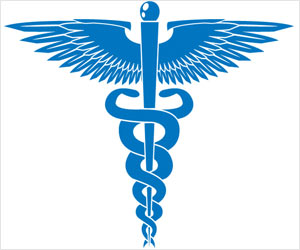The term was first coined by the World Health Organization (WHO) in 2018 when they released their annual R&D Blueprint, a list of diseases that require urgent research attention due to their epidemic potential and lack of effective countermeasures. While the list included known threats like Ebola and SARS, Disease X was the unknown – a stand-in for an unpredictable disease caused by a pathogen scientists haven’t identified yet (
).
Many experts believe that if Disease X were to emerge, it would likely be zoonotic (
).
are those transmitted from animals to humans. Examples include HIV, which originated from chimpanzees, and the novel coronavirus SARS-CoV-2, believed to have origins in bats.
With human activities encroaching on wildlife habitats, the chance of spillover events, where pathogens jump from animals to humans, increases. These interactions, combined with the adaptability of viruses, set the stage for potential new and lethal diseases.
Road to Preparedness Against Disease X
Understanding the potential threats is the first step in combating them. Several global initiatives are focusing on Disease X (3✔ ✔Trusted Source
Preparing for “Disease X”
Go to source
):
-
Surveillance Systems:
Improved surveillance and reporting systems can detect outbreaks early, helping to contain them before they spread widely.
-
Research and Collaboration:
Collaborative research endeavors, like the Global Virome Project, aim to identify unknown viruses in wildlife that could pose threats to humans.
-
Flexible R&D Platforms:
Flexible research platforms that can quickly adapt to new pathogens are vital. These platforms can pivot to create diagnostic tools, treatments, or vaccines for new diseases as they emerge.
Public Perception About Disease X
Media plays a significant role in shaping public perception. While it’s essential to keep the public informed, it’s equally crucial to avoid unnecessary panic. Accurate, clear, and timely reporting can help people understand the risks without succumbing to fear.
Advertisement
Moreover, the public needs to gain literacy in health and science matters. Being well-informed helps in discerning between credible information and misinformation, reducing unnecessary anxiety.
While Disease X remains a placeholder for the unknown, it serves as a crucial reminder. It underscores the importance of global collaboration, vigilance, and preparedness in the face of potential health threats. By understanding the concept and staying informed, we can better prepare and potentially prevent the next global pandemic.
References :
- WHO to identify pathogens that could cause future outbreaks and pandemics – (https://www.who.int/news/item/21-11-2022-who-to-identify-pathogens-that-could-cause-future-outbreaks-and-pandemics)
- Disease X: A hidden but inevitable creeping danger – (https://pubmed.ncbi.nlm.nih.gov/34308811/)
- Preparing for “Disease X” – (https://pubmed.ncbi.nlm.nih.gov/34643114/)
Source: Medindia



